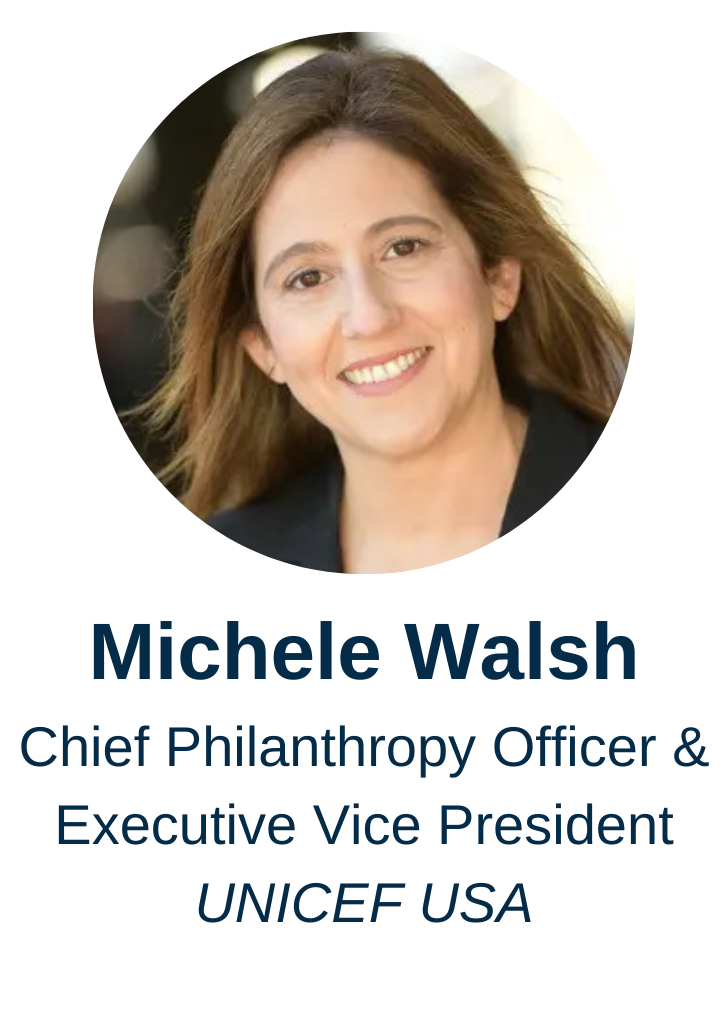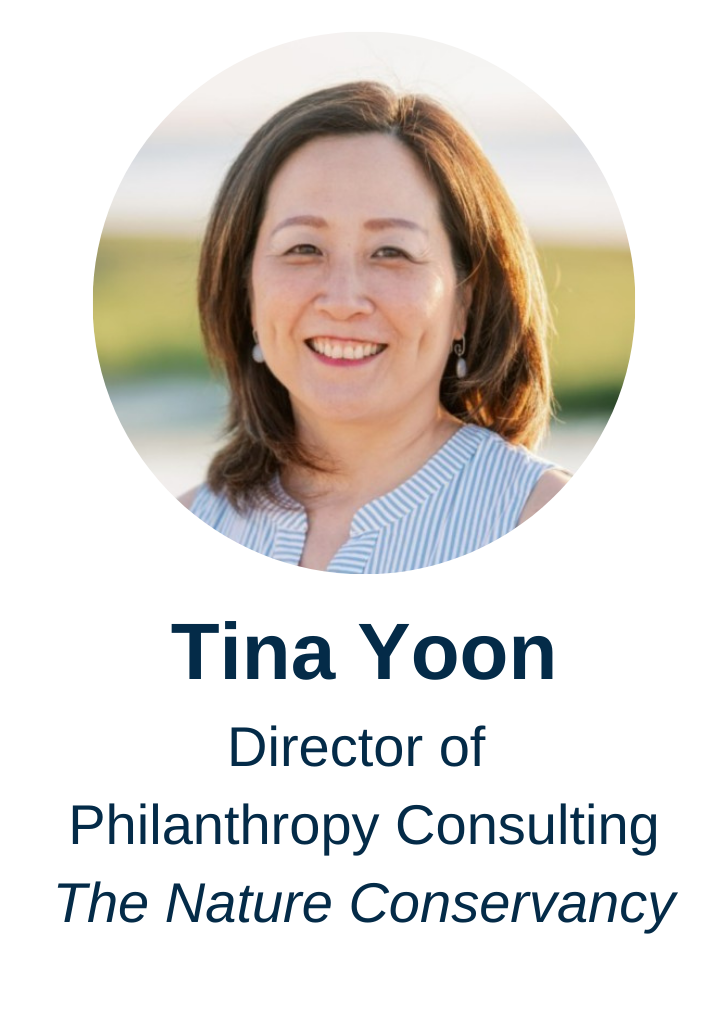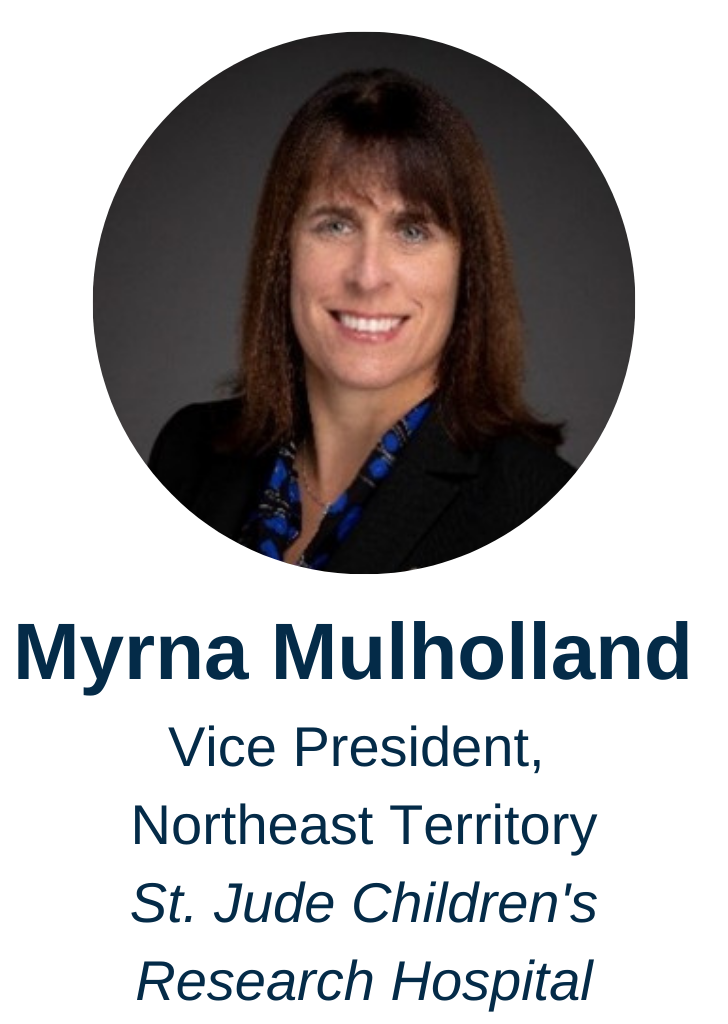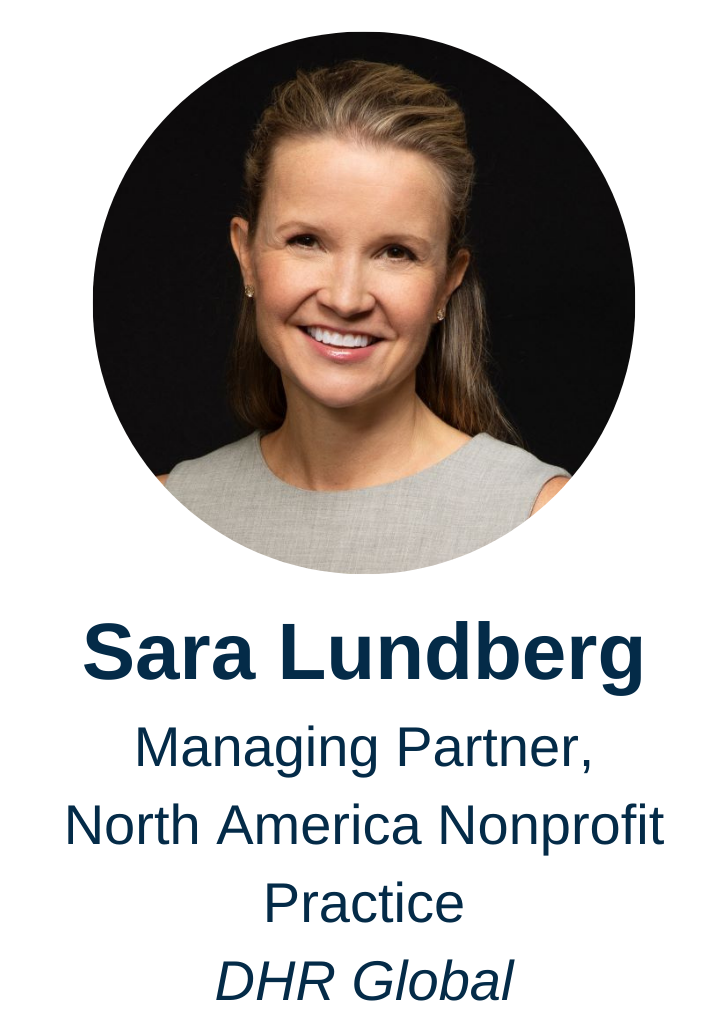Last month, DHR Global hosted senior fundraising leaders from across the nonprofit industry to share how they are building organizational resilience, protecting mission impact, and driving sustainable growth during a period of intense uncertainty.
Fundraising leaders Michele Walsh (UNICEF USA), Tina Yoon (The Nature Conservancy), Myrna Mulholland (St. Jude’s Children’s Research Hospital), and Jethro Miller (Jethro Miller & Associates LLC) joined Sara Lundberg, Managing Partner of DHR Global’s Nonprofit Practice, and co-hosts, Partners Michele Counter and Kris McFeely, to discuss what is working today and what must evolve as the sector builds its foundation for tomorrow.
People and Trust Are the Core of Performance
Every organization rightly emphasizes its mission, but the most enduring results come from people. Fundraisers, leaders, and staff are not only the largest investment in a nonprofit’s ecosystem, they are also the key differentiator.
During the conversation, our fundraising leaders emphasized that visible leadership, transparency, and consistent communication influence morale, retention, and donor confidence. High-performing teams share similar traits: curiosity, resilience, and alignment to organizational priorities. These teams move faster, adapt better, and sustain impact over time.
“When people feel connected to the mission and to each other, they bring their best ideas forward—and that’s what drives real impact.”
– Michele Walsh
Donor expectations are shifting as well. Funders are looking to partner and co-create the path forward. Organizations that demonstrate purpose, communicate clearly, and build trust deepen relationships and unlock meaningful investment.
A Smarter Approach to Data
Data has always been central to fundraising, but how organizations use it is changing. Many are focusing more on multi-year planning models and syncing metrics across development, finance, and strategy functions to drive prioritization and transparency.
Traditional KPIs and activity dashboards remain essential in the fundraising process. However, leaders have highlighted a shift toward “milestone metrics,” which track the quality of outreach, movement through the pipeline, and conversion points across the donor journey. These measures provide a clearer picture of momentum, help prioritize portfolios, and inform coaching and resource allocation.
“Data isn’t just about numbers—it’s about insight. When we use it to understand behavior and anticipate needs, we can build stronger, more meaningful donor relationships.”
– Tina Yoon
The strongest data cultures encourage curiosity, not criticism. When performance lags, top teams are asking: What did we learn? What changed? What adjustments are needed? That mindset drives accountability, innovation, and continuous improvement.
Technology and AI: Efficiency Without Losing the Human Connection
Technology is reshaping how development teams operate. AI supports donor research, portfolio management, and personalized outreach, which reduces administrative time and enables fundraisers to focus on meaningful conversations, strategic planning, and effective stewardship.
Leaders agreed that AI should serve as a strategic partner, but as Myrna Mulholland shared, “it can’t replace the empathy and trust that comes from human connection.” In fundraising, relationships will always matter most.
“AI can help us work smarter, but it can’t replace the empathy and trust that comes from human connection.”
– Myrna Mulholland
The Modern Fundraiser Mindset
Today’s most effective fundraisers share a few characteristics: they are curious, persistent, adaptable, and deeply aligned with the mission.
The strongest growth still comes from existing donors. Fundraisers are prioritizing personalized communication, tailored engagement strategies, and data-backed storytelling that makes the impact clear. At the same time, building a diverse pipeline protects long-term sustainability and reduces reliance on a narrow donor base.
Retention matters as well. Experienced teams carry institutional knowledge and long-term donor relationships. When organizations invest in talent and culture, fundraising outcomes improve.
Donor Engagement in a Shifting Landscape
Donors have become more selective, more informed, and more intentional about measurable outcomes. Many want an active role in shaping how impact is delivered, not just underwriting it.
Flexible and unrestricted funding is becoming increasingly important for mission-driven work. It gives nonprofits the ability to innovate, respond quickly to change, and pursue emerging opportunities. Leaders acknowledged that it can be challenging to make the case for unrestricted support, particularly for smaller organizations, but the value is clear: it drives agility, stability, and greater long-term impact.
“Unrestricted funding is what gives nonprofits the freedom to innovate and respond to the unexpected. It’s not just flexibility—it’s resilience.”
– Jethro Miller
Culture, Connection, and Morale
Connection still matters. Even in virtual and hybrid environments, in-person team time, retreats, and donor visits strengthen culture and reinforce shared purpose. Recognition and visibility also make an impact. Small moments of acknowledgment increase motivation, strengthen collaboration, and help teams stay engaged.
Looking Ahead
The external environment will continue to shift, yet our fundraising leaders agreed that the fundamentals remain constant. Nonprofits that invest in people, build trust, and stay anchored in mission will not only withstand uncertainty, but they will also be positioned to grow.
At DHR Global, we see organizations rethinking what resilience looks like: smarter data, more intentional leadership, stronger donor partnerships, and teams empowered to do their best work. These are the nonprofits building impact that lasts.
Featured Experts





